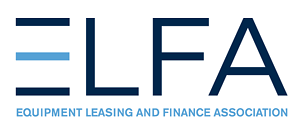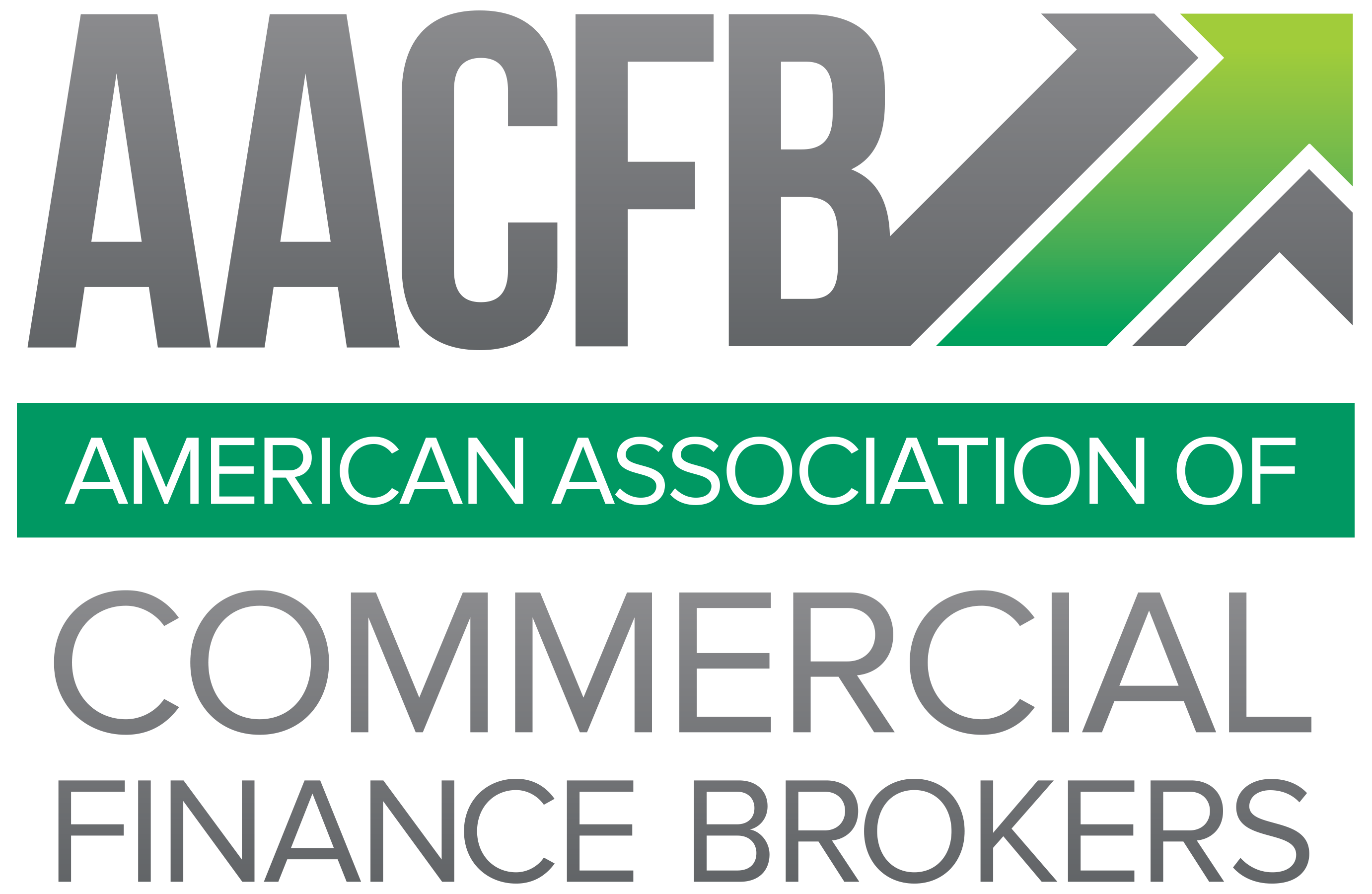A new FreightWaves Intel Group whitepaper reports that 2018 was a tale of two markets. The first half was characterized as, not one of, the best bull market many in the industry had witnessed since deregulation in the early 1980s. Trucking and logistics executives thought a new normal was emerging as trucking capacity trailed far behind a surge in load volumes.
This euphoria did not last long, however. The perfect storm of dual hurricanes, electronic logging device mandates, and an economic boost created by corporate tax cuts, created an increase in load volumes and a constraint on capacity that lasted less than a year. In a five-month span from June to October 2018, tender rejection rates (OTRI.USA) halved from a high of 25.6 percent to 12.8 percent in early October. Tender rejection rates continued to fall following the holiday season and were under 6 percent at the end of June 2019.
While there is not a universally accepted definition for a freight recession, FreightWaves believes any definition should include some combination of multi-quarter consecutive drops in tender load volumes, tender rejections, spot rates and market sentiment.
Source: FreightWaves SONAR, Q3 2019 Carrier Outlook Survey
Based on the declines described in the table above, it is clear that the first half of 2019 the freight market has been in a freight recession. Carrier Outlook: Over-capacity and the Freight Recession of 2019 is now available to FreightWaves SONAR subscribers on the SONAR platform. The research goes into detail about the freight recession and what is ahead.
Categories
Get A Quote Today!
* On approved credit






